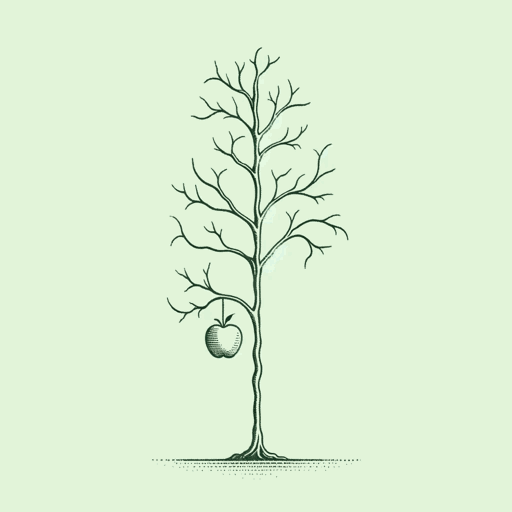18 pages • 36 minutes read
William BlakeA Poison Tree
Fiction | Poem | Adult | Published in 1794A modern alternative to SparkNotes and CliffsNotes, SuperSummary offers high-quality Study Guides with detailed chapter summaries and analysis of major themes, characters, and more.
Literary Devices
Extended Metaphor
The apple in the poem serves as a metaphorical representation of the physical manifestation of the speaker’s wrath. The extended metaphor begins in the second stanza with references to the planted seed of anger being “watered” (Line 5) and “sunned” (Line 7). In the third stanza, the anger grows and blossoms into a deadly fruit. Not only does the extended metaphor serve as a symbol and biblical reference, but it helps to make the speaker’s anger more relatable and tangible for the reader. If Blake had not grounded the speaker’s anger in a physical, solid object and in the metaphor of gardening/growing, the feeling of anger may have remained too abstract or incomprehensible for the audience. However, by grounding this intangible emotion into a physical vessel, readers are able to more aptly “see” it and its effects.
Form and Meter
“A Poison Tree” consists of four stanzas of four lines each. This neat, simplistic construction is further broken down into two couplets in each stanza. These couplets all end with masculine rhyme meaning that the lines rhyme with either a similar single syllable or final stress.
Related Titles
By William Blake

Auguries of Innocence
William Blake
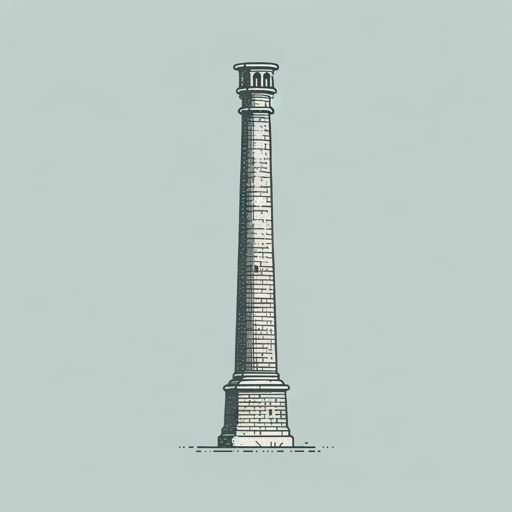
London
William Blake

Night
William Blake

Songs of Innocence and of Experience
William Blake
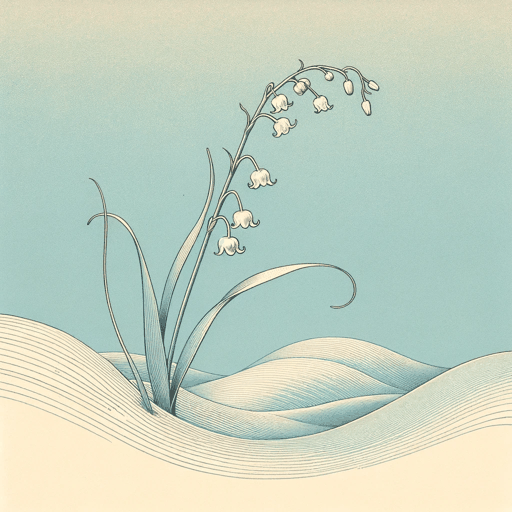
The Book of Thel
William Blake
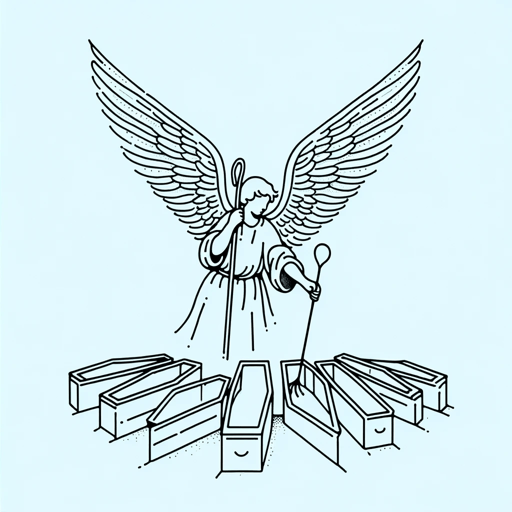
The Chimney Sweeper
William Blake
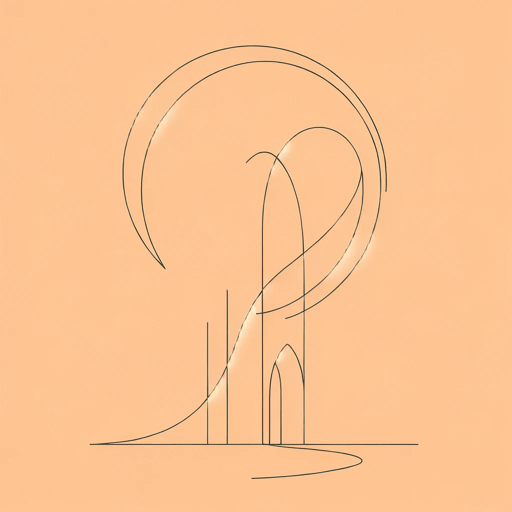
The Garden of Love
William Blake

The Lamb
William Blake

The Little Boy Found
William Blake
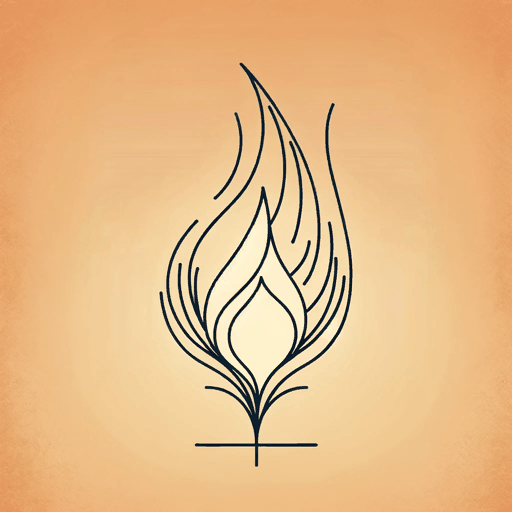
The Marriage of Heaven and Hell
William Blake

The Sick Rose
William Blake

The Tyger
William Blake
